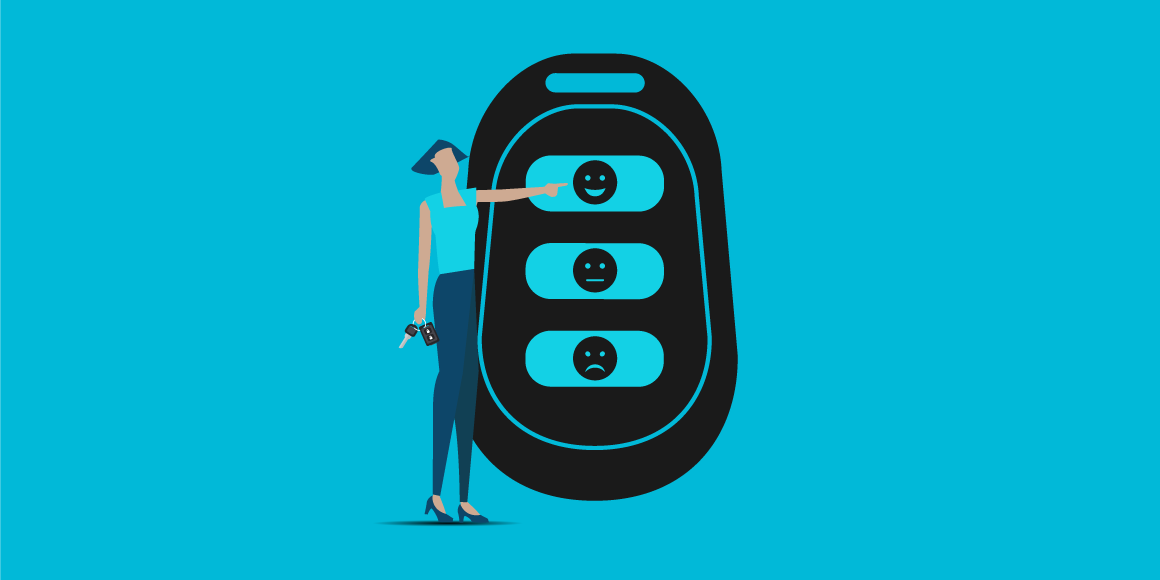One of the biggest issues in achieving optimal ROI with MDF/Co-op programs for marketers is defining the right goals. The way that most MDF/Co-op programs work is that a brand gets a funding request for an individual activity and then they are expected to figure out how that request has contributed to increase sales. This isn’t always easy to do and often times doesn’t get at the heart of what actually drives ROI and accountability within MDF/Co-op programs.
Traditionally, MDF/Co-op programs are meant to fund an activity that directly correlates with sales attainment. This is a pretty tall order especially if you have a long sales cycle. However, that traditional way of executing MDF/Co-op leaves out the most critical piece to the puzzle – influencing behavior. Channel leaders should be rethinking how they approach their MDF/Co-op programs so they align with other incentive programs that are all about influencing behaviors that lead to more sales.
Understanding what the behaviors are that lead to more sales and then allowing you to track the impact on those behaviors, will provide the basis of MDF/Co-op accountability, program objectives and the KPIs. This might seem abstract, but let’s break it down to how it can be applied in a real-world scenario.
First: align your MDF investments, programs, and fund requests to mutually beneficial objectives.
These should align with your go-to-market goal plans that are packaged to be mutually beneficial to you and your partners. For example, ensure that MDF is used to promote new products or solutions, as well as to help penetrate new geographic or vertical markets for competitive displacement and net new business and accounts. Ideally your MDF/C-op program should be an extension of your own go-to-market goals.
Using your objectives, such as new product solution introductions or penetrating new markets, associate key measurable KPIs to each. These can be tracked and correlated back to your MDF investment. To do this, you must plan reimbursable activities and correlate spending against each of these activities – keeping your sales cycle/buyer's journey in mind.
Ideally activities presented across your buyer's journey should be prescriptive – enabling you to better monitor compliance across the sales cycle. Rather than attributing any one activity against the outcome, you can look at all of the activities against the correlated goals to see if they have been achieved.
Here’s an example of how this works within our 360 insights solution: On an MDF/Co-op fund request form, partners are shown specific business objective selections to put in their request with assigned goals and associated KPIs. These may include: what will happen when the money is spent? What are the activities that will help achieve the overall business goals?
Users are able to review all of the individual activities proposed by channel partners to achieve your business goals. Users can also prescribe other edits, revisions, recommended activities, etc., before approving spend – providing a deep understanding of where the budget is being spent and what outcomes are expected.
Now that the MDF/Co-op program is designed properly, what are the common KPIs to look at?
Leading indicators and lagging indicators are important to any program. A leading indicator might be the number of funds requested against that initiative. The lagging indicator would be how much money was actually spent. Because you are keeping track of those KPIs, you can measure it on the back end and attribute it to specific partners – determining if they were able to achieve those goals.
Furthermore, you can determine which partners are performing, which are not, and the reasons for each. This valuable insight - aligned to activities and partners - enables you to answer the management question "How well is our MDF program working?"
MDF/Co-op Engagement is Key to Program Success
Optimization of your MDF/Co-op program operations alongside partner engagement offer further ROI metrics. Consider these 3-engagement metrics:
- Program efficiency. The longer the time, the less satisfied your partners will be with the program. The same goes with claim submission to payment.
- Reasons rejection. Why are claims getting rejected? Why are fund requests getting rejected? What are the rejection rates? What support requests are coming in from the partner? With these insights, you know whether you should redesign your program, make administrative changes, or do a better job of educating your partners.
- Program utilization. How much is actually getting spent from the funds available (differing from participation rates)? What percentage of your partners are using the program? What is the average claim or request volume? These critical data points are all engagement metrics used to help better inform and align with your partners.
The MDF/Co-op Opportunity
Taking the initiative to create new opportunities to drive growth will benefit brands, partners and everyone in between. MDF/Co-op dollars should be thought of as one of those “new” opportunities and put to work in an effective way. Often underutilized, MDF/Co-op is an extremely effective behavior modification and sales enablement tool that can really move the sales and ROI needle.
Learn more about 360insights and marketing development funds here.
%20.png)


